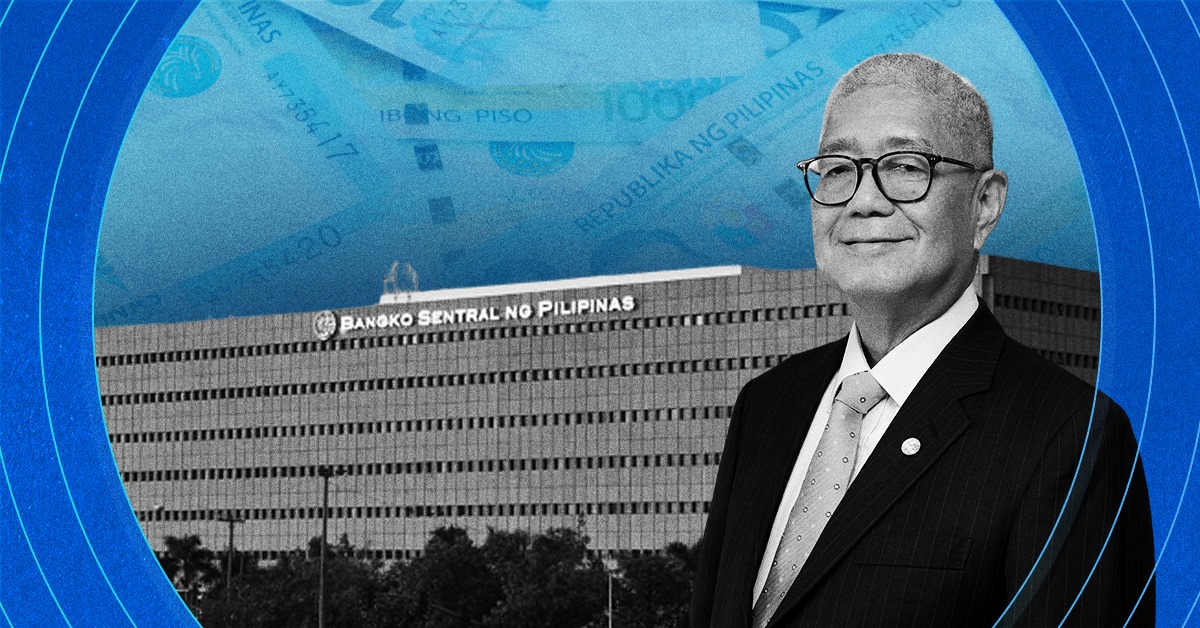
Bangko Sentral ng Pilipinas (BSP) Governor Eli Remolona. FILE PHOTO
The Philippine peso may slightly weaken but remain stable after the Bangko Sentral ng Pilipinas (BSP) cut its policy rate ahead of the US Federal Reserve, a move that may inspire other Asian central banks to ease policy as the strength of the US dollar fades.
The local currency capped the previous week back to the 57-level after the BSP’s decision. In a commentary, Robert Carnell, regional head of research at ING Bank, said the “slight” depreciation suggests that the central bank’s easing action was “not seen as an extravagant move” by the market.
READ: BSP to resume RRR cut talks amid easing cycle
But Carnell nevertheless described the BSP’s move as a “brave call”. And the decision to do it ahead of the anticipated easing of the Fed in September made the action “all the more gutsy”, the ING bank economist said, adding that this may give other central banks in the region the courage to make a move amid a weak dollar.
”The relative calm with which this decision was received by markets suggests that other [Asia-Pacific] central banks may now be more likely to consider a move,” he said.
The outcome of the recent policy meeting of the Monetary Board (MB) brought the BSP’s target reverse repurchase rate to 6.25 percent. BSP Governor Eli Remolona Jr. said there is a room for one more 25-bp cut either at the October or December meeting of the MB.
The latest decision of the BSP took into account fresh government data showing inflation had bolted to 4.4 percent in July, the first time this year that price growth had breached the central bank’s 2 to 4 percent target range. But the central bank said inflation is still projected “to trend downward” despite the flare-up last month.
The BSP’s action also considered the 6.3 percent year-on-year economic growth in the second quarter—which was flattered by favorable base effects that masked a weak consumption.
READ: BSP shaves rate by 25 bps, kicks off easing cycle
Separately, ANZ Research said “improving external position will provide support for the peso”, adding that further dollar weakness may send the local currency testing the 56.5 support level.
ING Bank’s Carnell, meanwhile, said the BSP may start moving in sync with the Fed once the latter begins its own easing cycle.
“We could see BSP tracking the Fed one-for-one in the coming months as the Fed finally begins its own easing cycle—depending on how the peso behaves,” Carnell said. “And further easing looks probable in 2025.”